
Grand National - Aintree Racecourse
Jockey Club announces major changes to next year’s Grand National
2 years ago
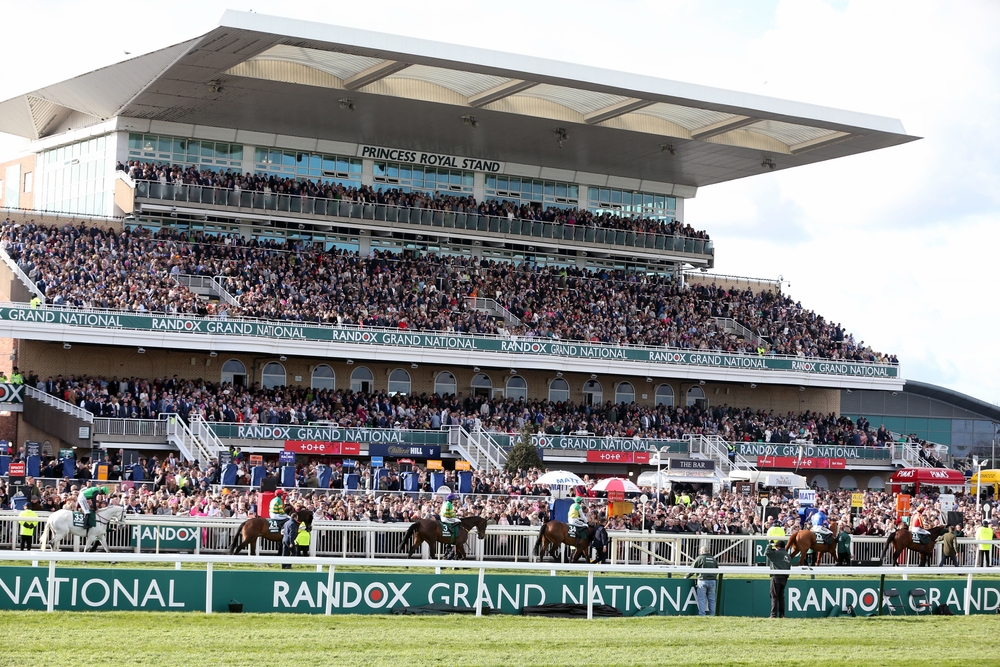
The Jockey Club has announced changes to Aintree’s Randox Grand National as part of its continued focus to ensure the best welfare conditions for racehorses and jockeys on all its courses.
Changes which will be in place at next year’s world-famous steeplechase at the Grand National include:
- Reducing the number of runners from 40 to 34 to reduce the risk of incidents during the race
- Moving the first fence closer to the start to slow the early stages of the race
- Bringing the start time forward to ensure Aintree can provide the best ground conditions and environment for the horses, and
- Developing the infrastructure, with alterations to the alignment of the running rail on the inside of the Grand National Course to help with the early capture of loose horses, as well as introducing foam and rubber toe boards on every fence
The Jockey Club said the new changes follow improvements over consecutive years in equine welfare at Aintree.
In the last decade The Jockey Club has spent more than £2million on horse welfare measures at the Merseyside racecourse, including modifying every fence on the Grand National course after the 2012 race, with the inner frames changed from timber frames to more forgiving flexible plastic or natural birch.

Other changes made in that period include areas being levelled off at a number of fences to reduce the drop on the landing side, including Becher’s Brook; more than £400,000 spent on enhancing the watering system to ensure the safest possible racing ground, and a state-of-the-art cooling and washdown area for horses post-race.
It revealed that while it reviews all aspects of the Grand National following the race every year, this year, supported by the British Horseracing Authority, it had recognised the need for more ‘substantial updates’ on several key areas to better protect the welfare of the racehorses and jockeys.
The changes listed – and more – will take effect from 2024 and be in place for the Grand National on Saturday, April 13, next year.
Nevin Truesdale, Chief Executive of The Jockey Club, said:
“The Randox Grand National is the most iconic race in the world. It is part of the fabric of British sporting life alongside the likes of Wimbledon, the FA Cup and the Open golf, and is loved and watched by millions.
“I believe that a competitive, fair and safe Randox Grand National is one of the best ways of ensuring the sport continues to thrive for generations to come and remains an important part of Britain’s culture and economy.
“That means our sport, like many other sports have done, needs to recognise when action needs to be taken to evolve because the safety and care of horses and jockeys will always be our number one priority. In making these changes at Aintree we are underlining our relentless focus on welfare and our commitment to powering the future of British racing.”

Sulekha Varma, The Jockey Club’s North West Head of Racing and Clerk of the Course at Aintree, who led the review process and oversees all aspects of the racing surface, fences and pre-race preparatory areas for participants, said:
“One of our key areas of focus is reducing the risk of incidents during the race. We know from research papers and internal analysis of jump races that there is a direct correlation between the number of runners and the risk of falling, unseating or being brought down. However, we also must consider that reducing the field size by too great a number could create a faster race and have an adverse impact in terms of safety.
“Using the information available to us and considering the experiences of participants, our conclusion is that 34 should be the maximum number of runners in the race which we hope will result in the least number of incidents.”
The changes have been welcomed by former jockeys and trainers, and a professor of veterinary clinical science at the University of Surrey, Prof. Chris Proudman who agreed the changes ‘will make considerable strides towards enhancing equine welfare for all participants’.
Retired jockey and two-times Grand National winner Ruby Walsh said:
“I think the changes will enhance the Grand National as a horse race and help to ensure its future.
“The biggest effect of the earlier start time will be with the ground. We all know what a big conversation climate change is in the world and it’s very hard to keep the whole of the Grand National course on the soft side of good with the race being run later in the afternoon.”
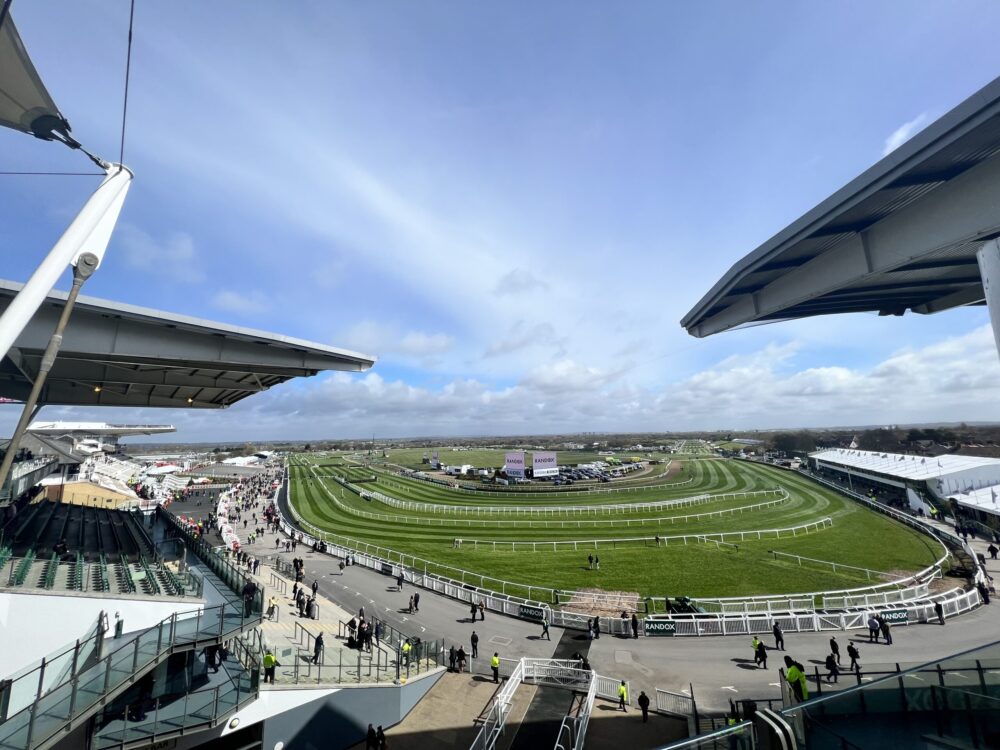
And he added:
“With the rolling start, horses tended to bunch towards the inside but with the re-introduction of a standing start they will have to be spread out across the track which will give them more room going towards the first fence.”
Emma Slawinski, RSPCA Director of Policy, said:
“This is a welcome step from The Jockey Club and we are very pleased to see the organisation taking horse welfare seriously and making changes to the Grand National as a result.
“We believe that racehorses should have a good life on and off the track and should never be exposed to unacceptable risk of injury or death. Any steps from The Jockey Club to meet that aim are a positive step forward, we look forward to seeing this announcement pave the way for further changes and remain keen to work with them.”


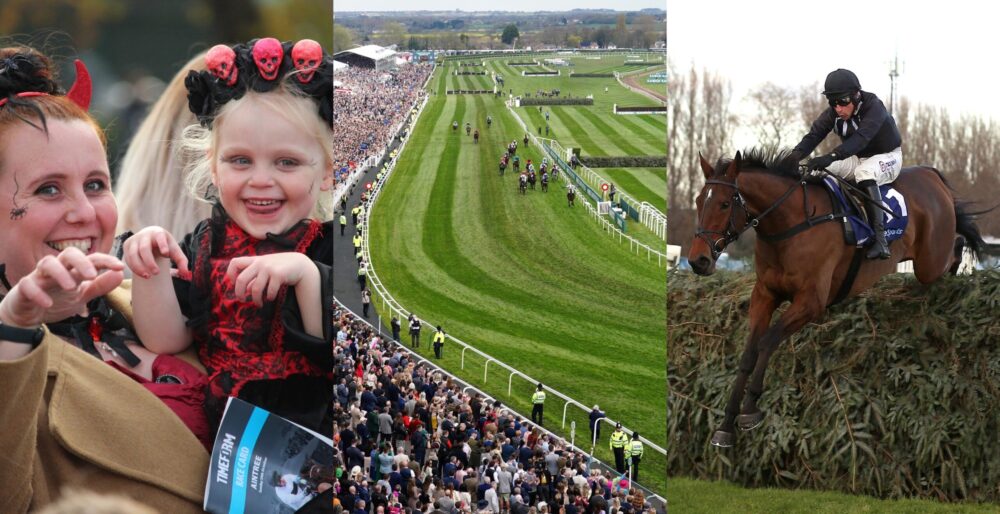
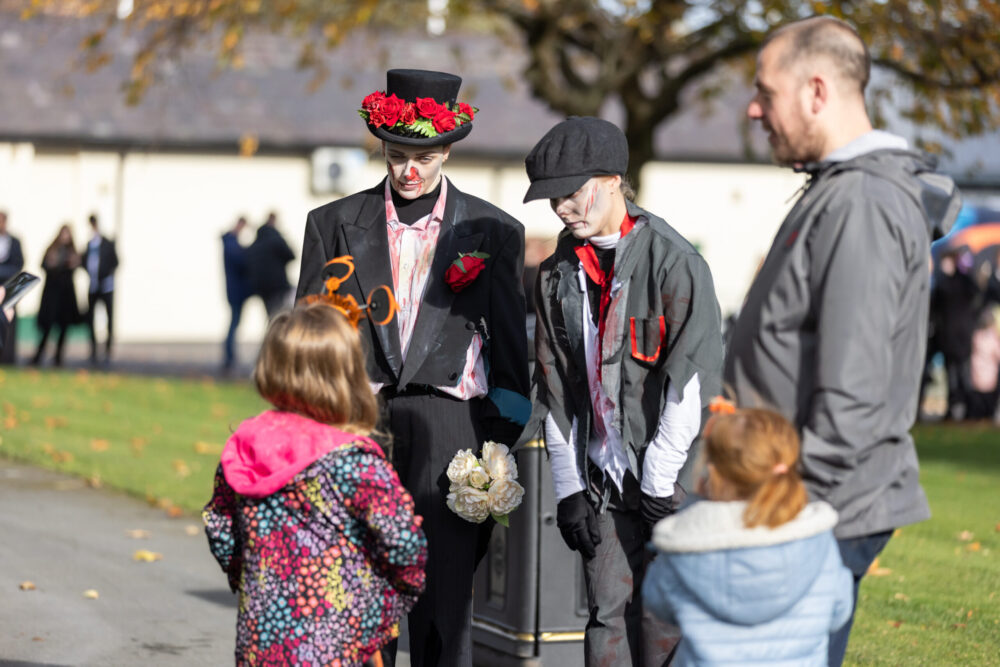
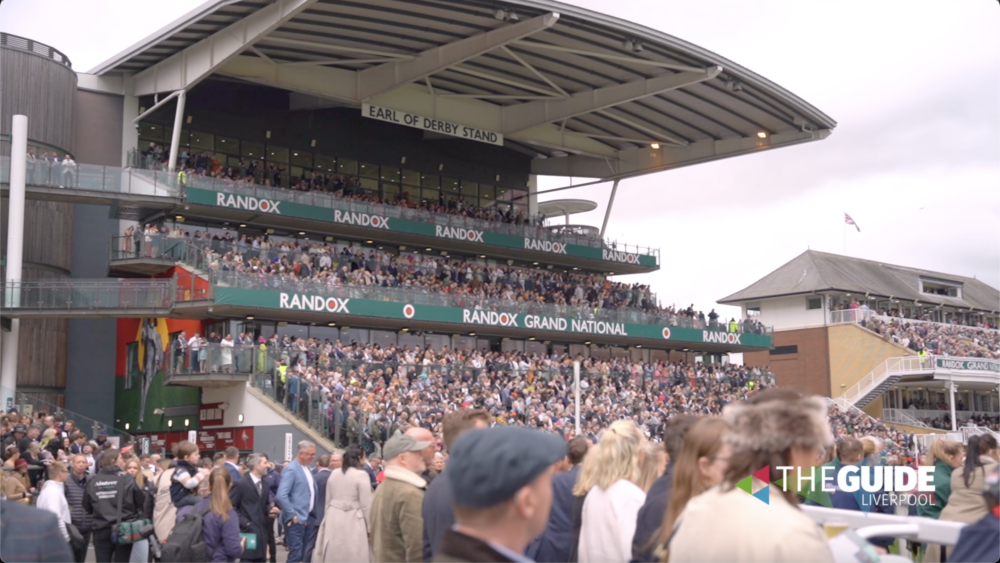
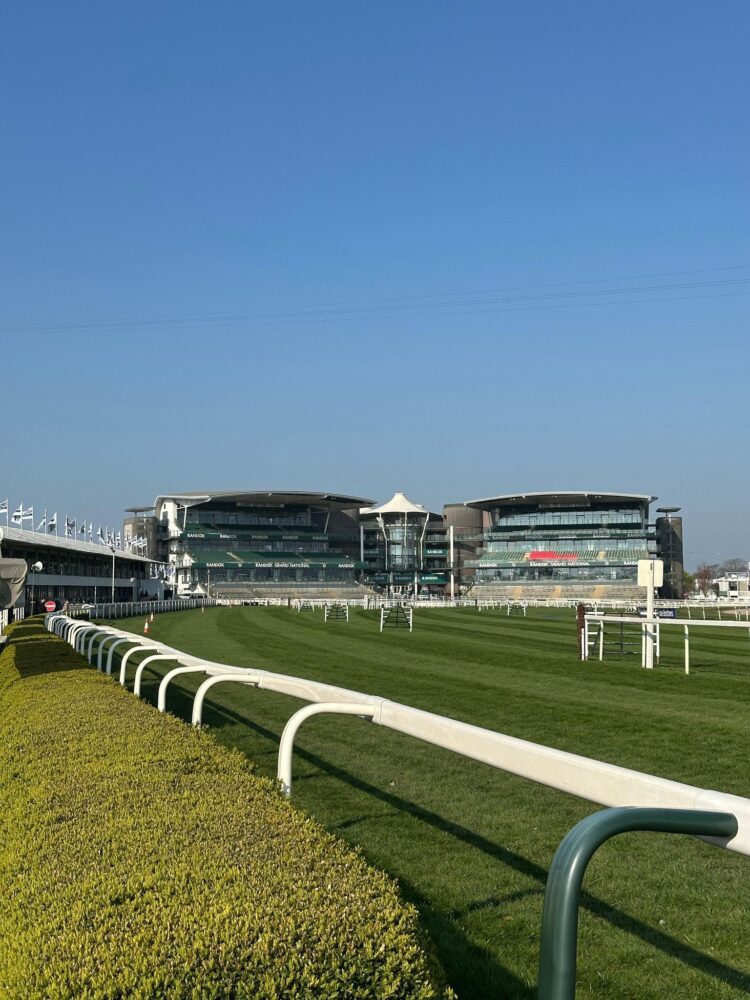



 Subscribe
Subscribe Follow Us
Follow Us Follow Us
Follow Us Follow Us
Follow Us Follow Us
Follow Us Follow Us
Follow Us











